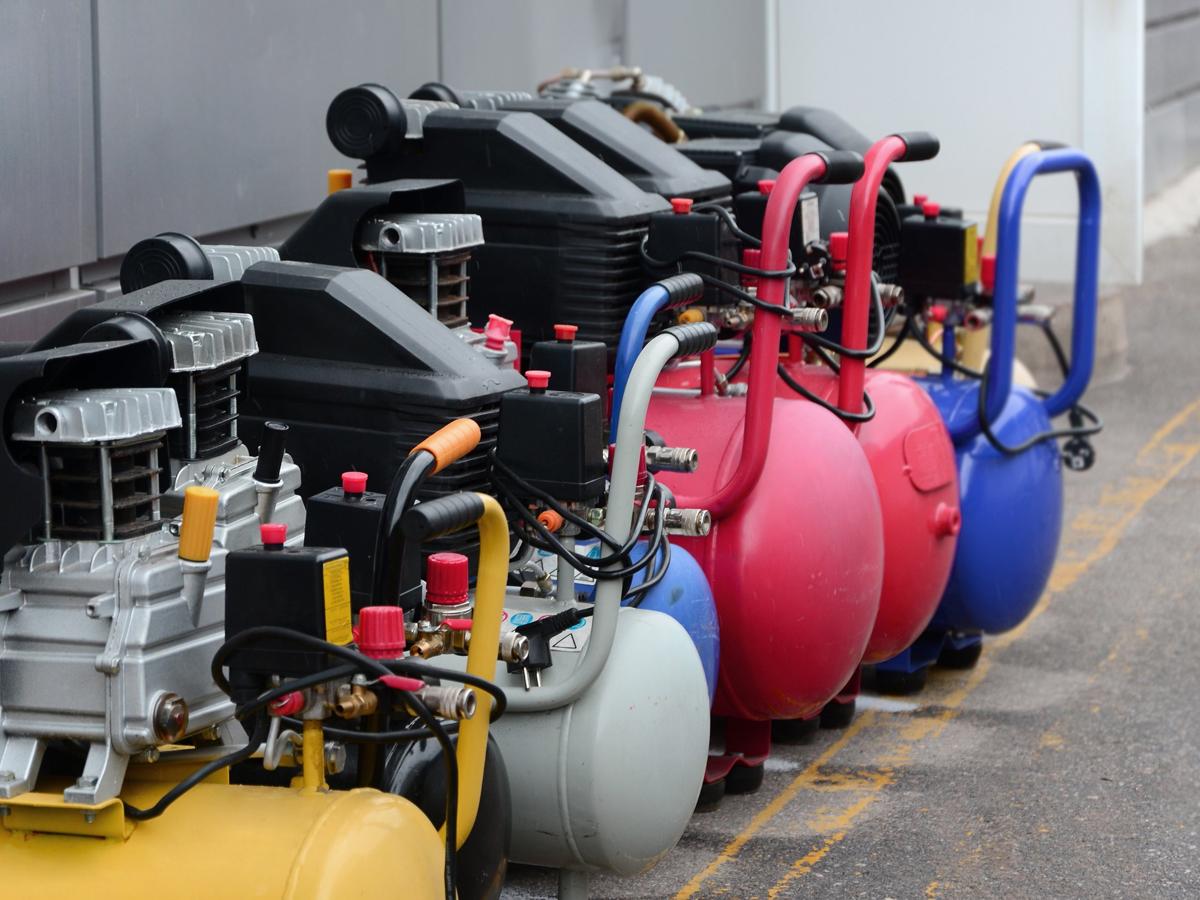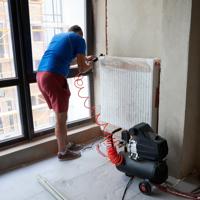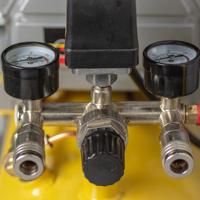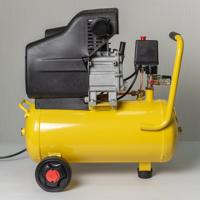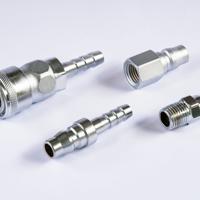When it comes to choosing drills, air drills and electric drills each come with their own sets of strengths and challenges. Deciding which one to use can significantly impact both the efficiency and quality of your work. Below, we will delve into the differing aspects of these two types of drills, covering aspects such as power, portability, and cost considerations, among others.
Power and Performance
Air Drills
Air drills are known for their consistent power output. This reliability comes from their use of compressed air, which allows these tools to maintain steady torque over prolonged use. This feature is especially important for industrial settings where tasks can be long and demanding. Their ability to operate continuously without overheating gives air drills an edge in demanding work environments.
Electric Drills
Electric drills, on the other hand, often provide convenience when it comes to adjusting power levels. Their performance can vary depending on whether they are corded or cordless models. Corded electric drills typically have unlimited power supply, making them suitable for tasks that require sustained energy. Cordless electric drills, while limited by battery life, offer flexibility to move freely without being tethered to a power outlet.
Portability and Operation
Both types of drills offer unique portability options, aligning with various operational needs.
Air Drills
While heavily using air drills requires access to a pneumatic power source, they are often preferred for jobs requiring high performance in a stationary setting. Their relatively lightweight design can minimize fatigue during prolonged use, but remember, they are limited by the need for a connected air compressor.
Electric Drills
Electric drills, particularly battery-operated models, offer unmatched portability. Being free from both cords and air hoses allows users to maneuver in tight spaces and reach otherwise inaccessible spots. However, it’s crucial to consider battery life as a constraint in prolonged operations without access to recharging.
Cost and Maintenance
Air Drills
Initially, air drills might require a higher investment, especially due to the need for a compressor and related accessories. However, they tend to have longer lifespans due to fewer moving parts inside the drill itself and often lower maintenance costs over time.
Electric Drills
The upfront cost for electric drills can often be lower. They’re quite popular among DIY enthusiasts and hobbyists, given their easy setup and usage. However, the potential need for spare batteries or frequent replacement of parts can add up. Family Handyman suggests regular maintenance to avoid battery degradation and prolong drill life.
Versatility and Features
Air Drills
These tools generally excel in industrial environments where powerful, consistent torque is a priority. They are less suited for environments lacking pneumatic systems.
Electric Drills
Electric drills are versatile in both light-duty and heavy-duty tasks. Their variety of features, such as speed settings and integrated lighting, make them adaptable for tasks ranging from fine craftsmanship to robust construction projects.
Safety and Use Considerations
While both power tools come with inherent risks, awareness of their operation can enhance safety.
Air Drills
Users must handle air hoses cautiously to prevent tripping hazards and ensure connections are secure to avoid accidental disconnections that could cause injury.
Electric Drills
Electric drills require careful attention to electricity management. Corded models should be used with properly rated extension cords, while cordless models need battery charging in safe environments to prevent overheating.
Make sure to select the drill type most aligned with your specific needs and working environment to maximize productivity and ensure safety. Anyone interested in diving deeper into choosing between air and electric drills can explore more detailed guides available online to ensure an informed decision is made.
